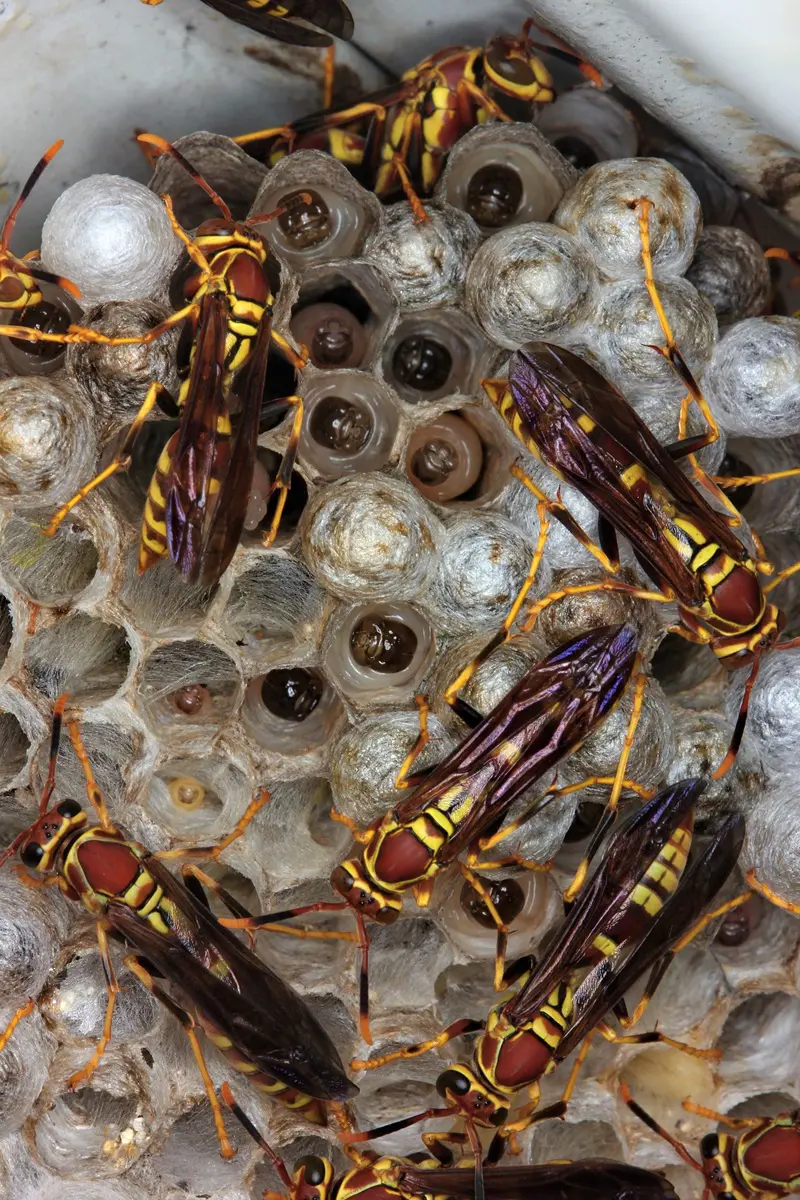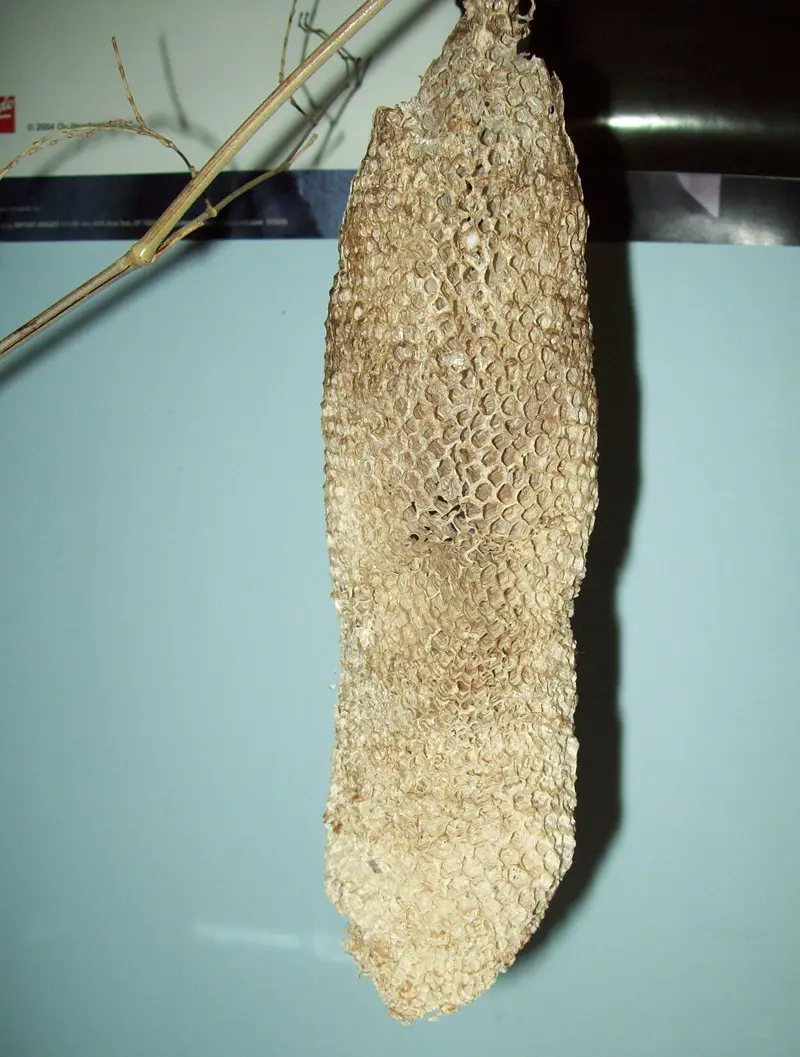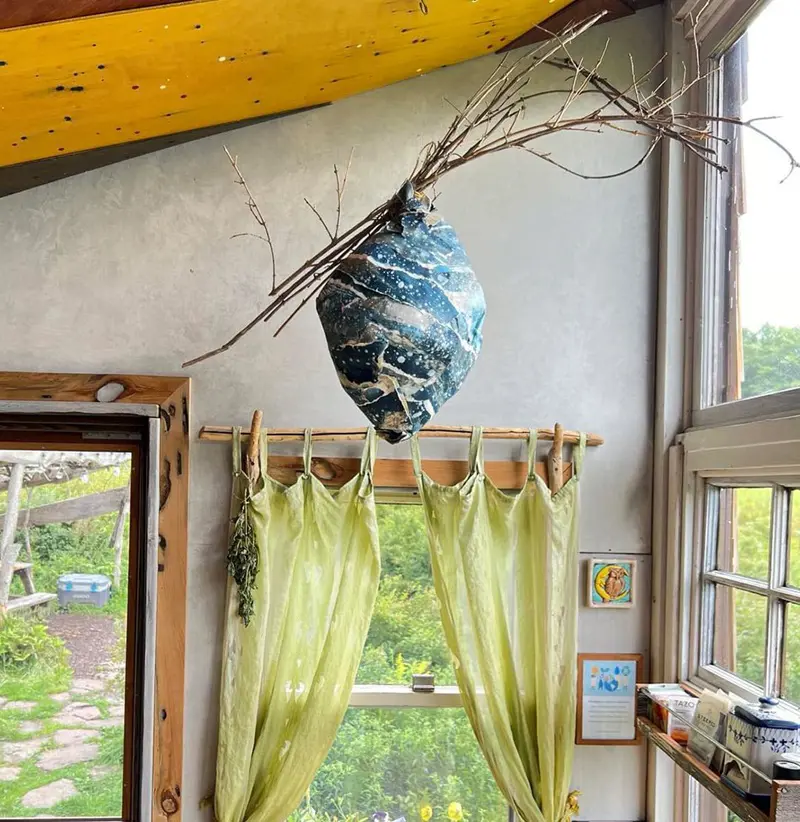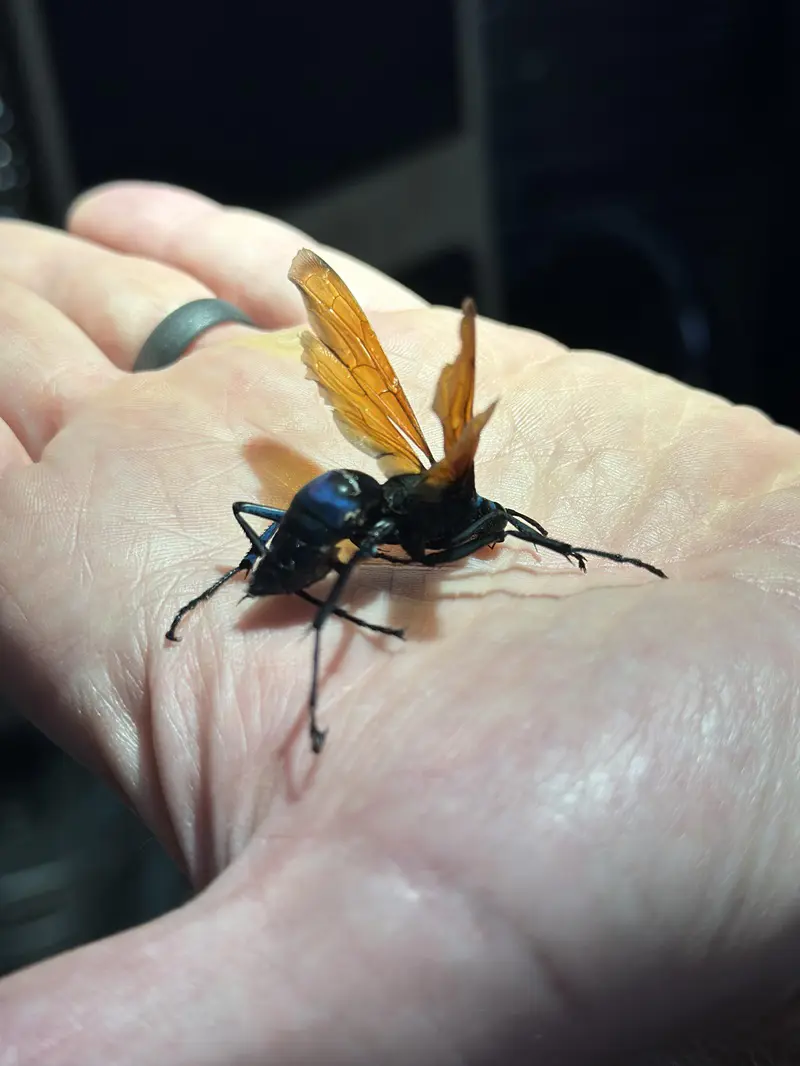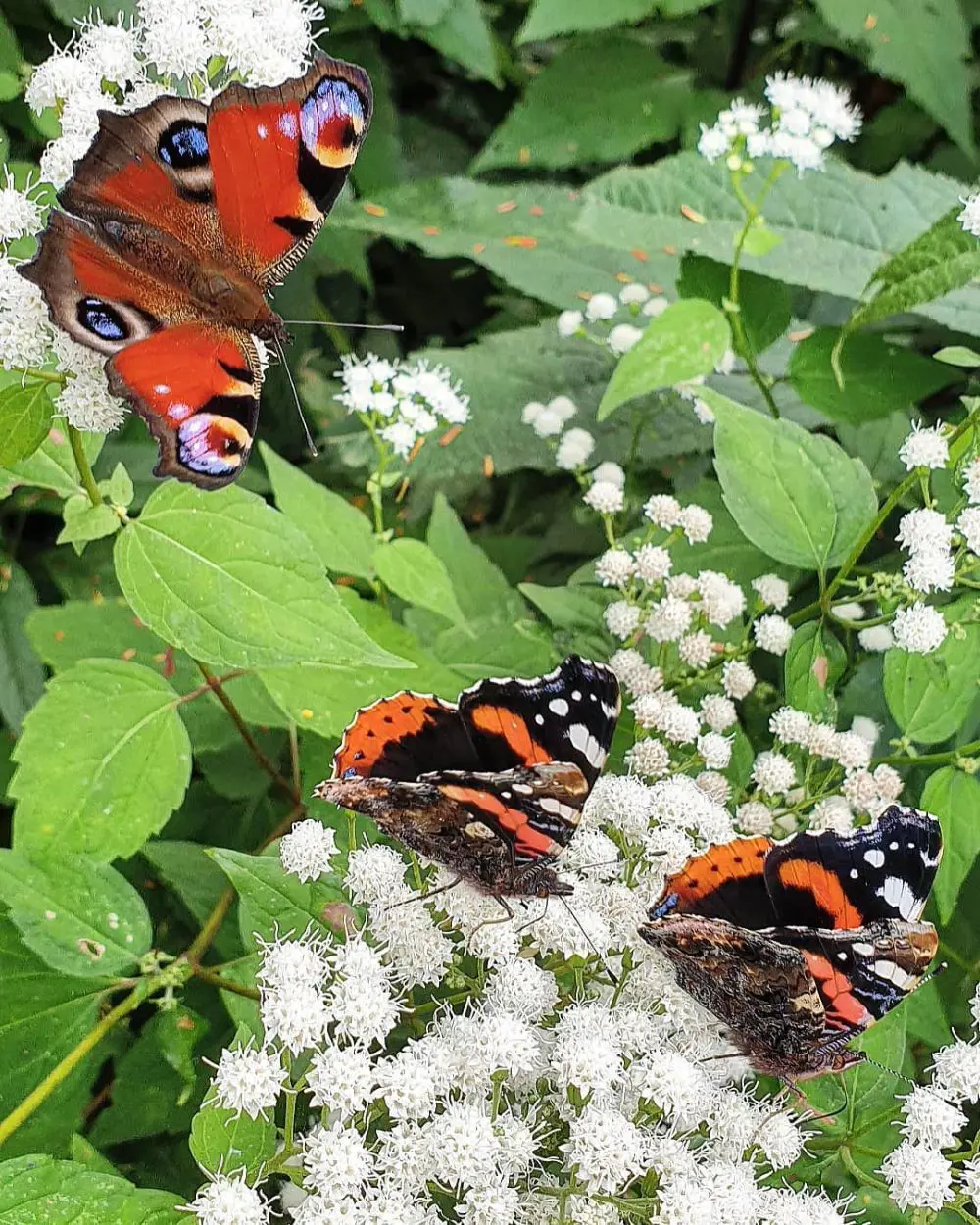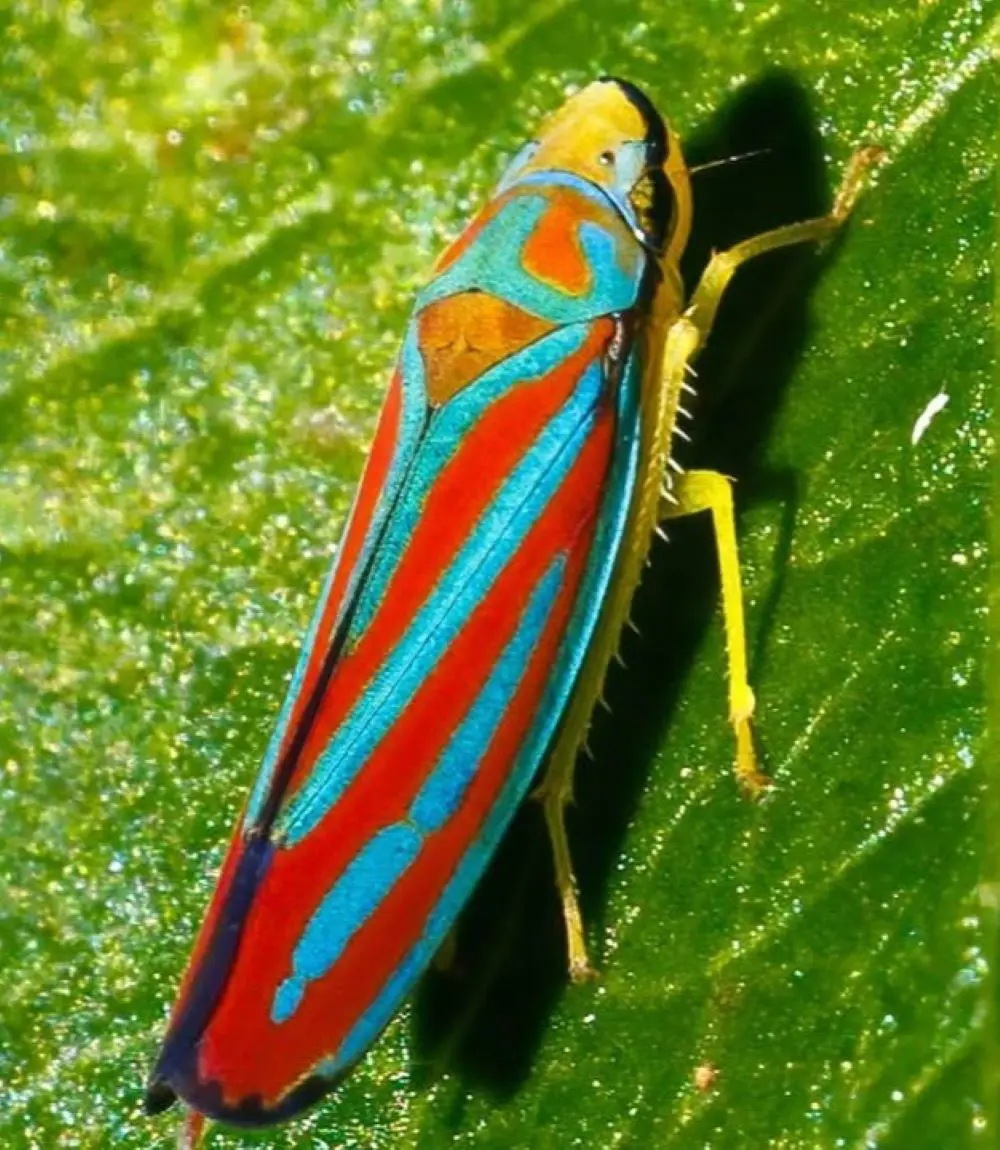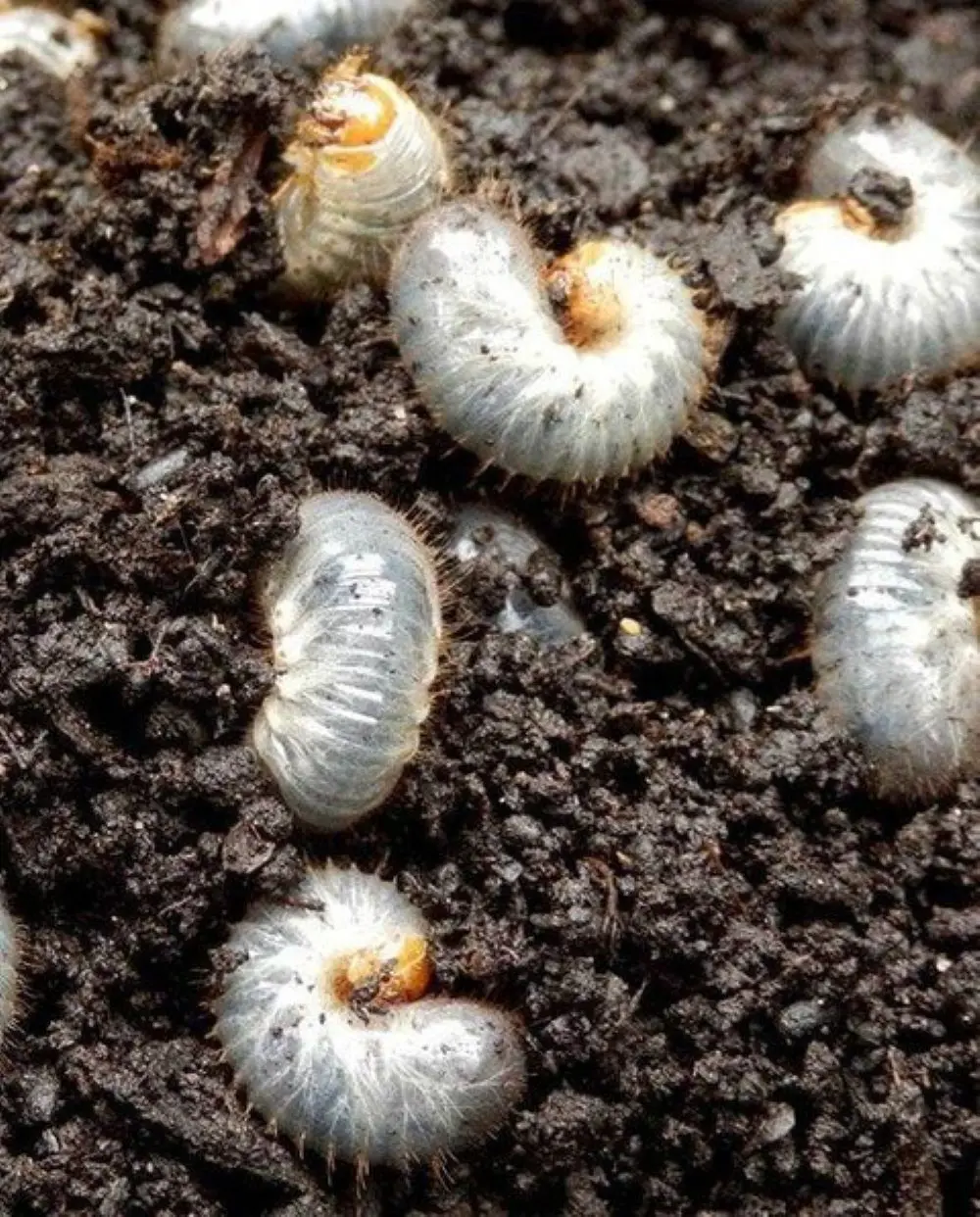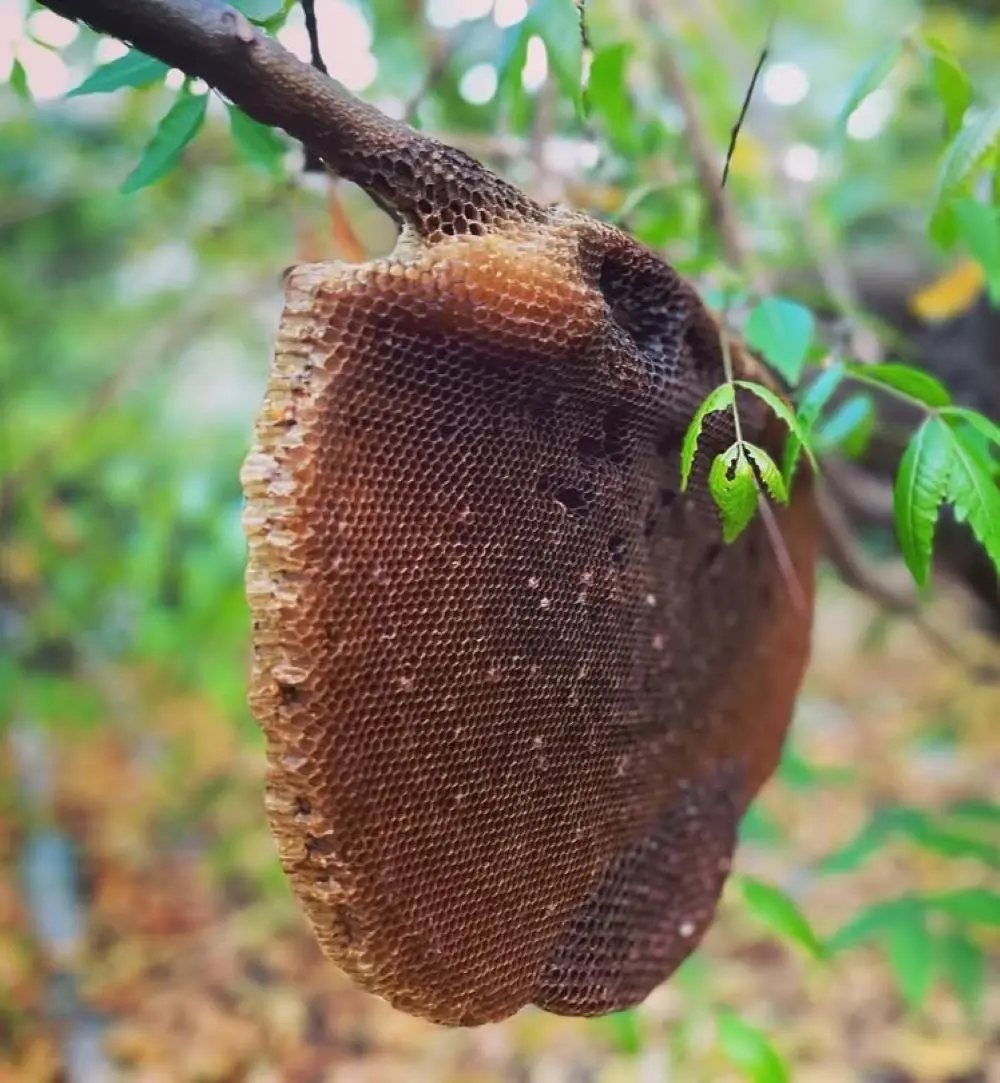Safety Measures to Consider
1. Call for a Professional Assistant
The wasp nest removal is a highly risky and dangerous task to perform. No matter, if you are an allergic person or not, even a small mistake can lead to fatal injuries which might put your health at risk. It is always better to play it safely and call for the professionals to assist you.
If the nest is very large and has existed for a long period then you might not want to get involved in this very risky job. Also, keep yourself away from the nest if its location is quite unachievable with your effort or is in difficult-to-access areas. Make sure to identify the wasp species before you make any move.
2. Protective Clothing
If you are taking the job into your own hands, it can turn into a critical issue if you negotiate for your protection. You shouldn't leave any of the potential exposure and fully cover your body with the beekeeper's suit with an additional layer for extra caution.
If you can't afford the protective suit, you might want to wear long jeans, boots, jackets, gloves, and glasses with a covering for your head as well. Make sure to wear long socks and tuck your pants into them. Do not forget to wrap a scarf around the lower half of the face.
3. Safely Use the Spray
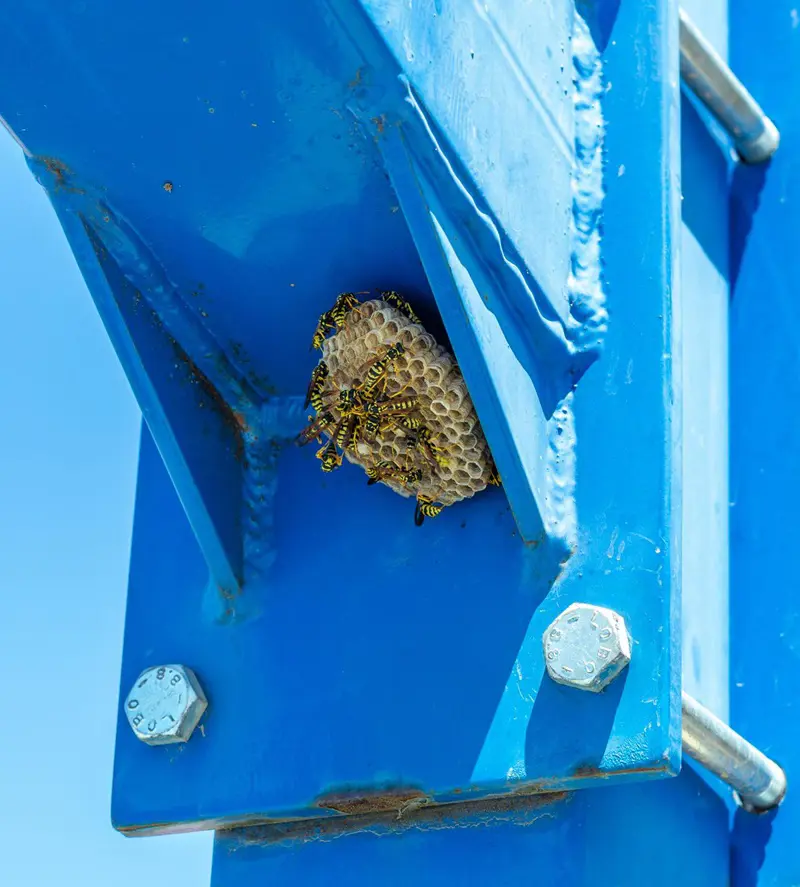
You should be careful while using the insecticide or wasp spray. Make sure you follow the labeled instructions properly, it would be best if you get prepared to handle the sprays quite early. Extra care should be taken to keep your pets and children away from the site at least for a day.
Also, you should be aware that inhaling the strong insecticide is poisonous to our health. So, proper orientation of the spray and the procedure is very essential during their use.
4. Allergy Considerations
Many people are allergic to wasps and bees. Actually, the venom of their sting can be very fatal to these allergic individuals. Therefore, you should know yourself first. If you are allergic to the wasp sting then it would be best for you to keep yourself away from the site.
You might want to call an exterminator for this job, in the meantime, you should be carrying an EpiPen with you in case of emergency. If you are an allergic person then it wouldn't be a good time to showcase your heroism.
5. Avoid Using a High Ladder
If the location of the wasp nest is at a certain height, you might think of using a tall ladder to reach there but it would be the worst of your idea because it wouldn't help you when you have to retreat or escape quickly. In many cases, a stepladder might become helpful since it has a small height and you can easily hop down.
While attempting to remove the wasp nest, there is a high possibility of wasp swarming, so it is equally important to plan for your quick retreat preventing the potential injuries resulting from the fall off the ladder.
